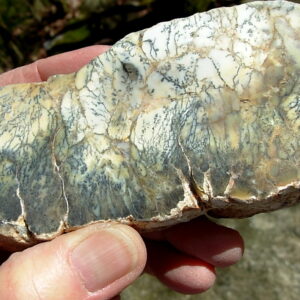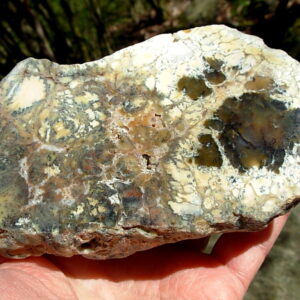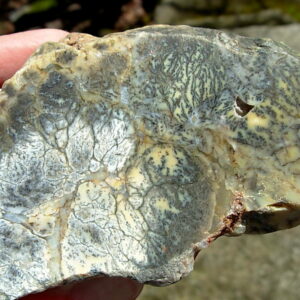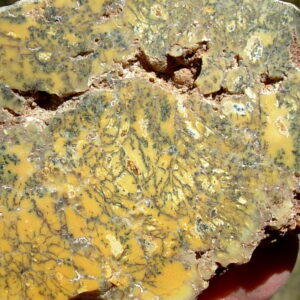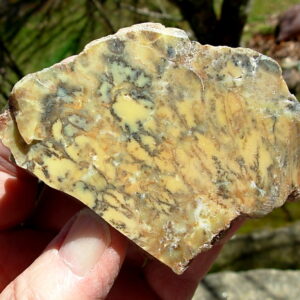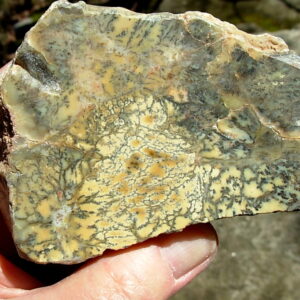Dendritic Moss Opal
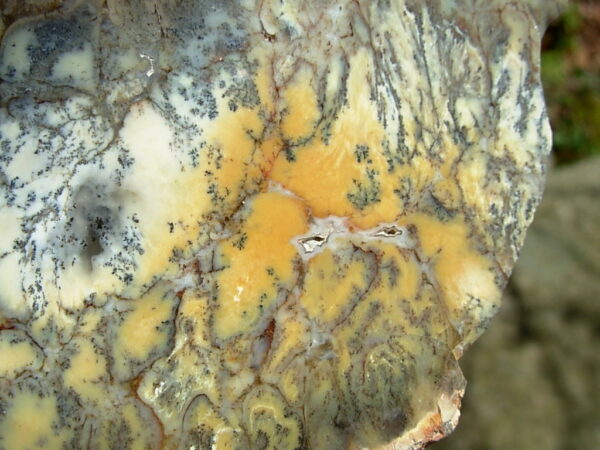
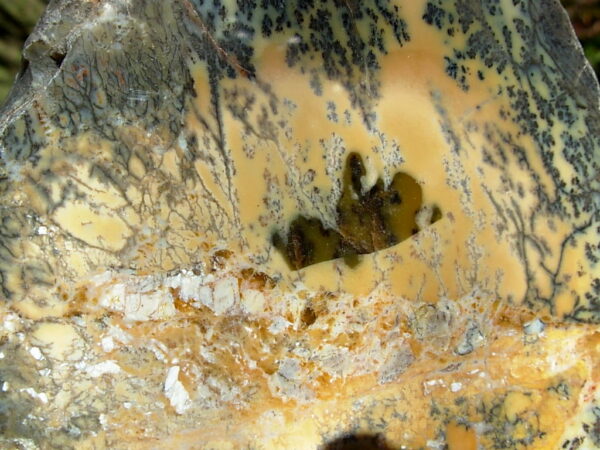
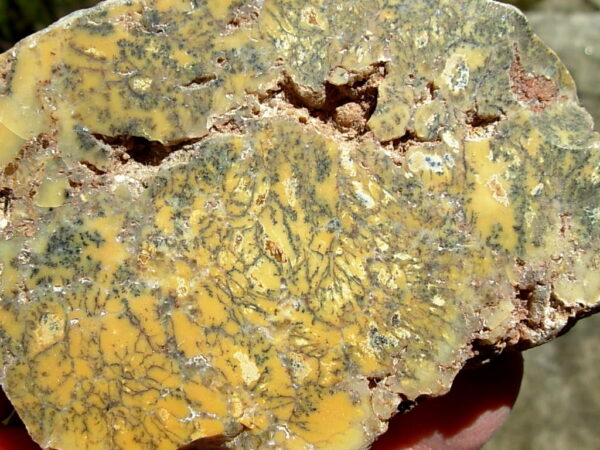
Australia hosts many deposits of Dendritic Moss Agate, also known as Common Opal or Moss opal. Most of it occurs in the Goldfields–Esperance region of Western Australia, near the towns of Leonora, Kalgoorlie and Norseman. Dendritic Moss Agate is a variety of Chalcedony with tree-like natural inclusion in the opal stone. It may contain green mineral inclusions, such as Chlorite, Hornblende, or brown to black dendrites of Iron or Manganese Oxides. Dendritic Moss is the name given to any common opal with moss, tree or fern like silicates or manganese oxide inclusions. The Mohs scale in hardness ranges from 5 to 7 depending upon the mineral content.
Moss Opal is normally called “Potch Opal” by the miners. Potch opal is a type of Opal that differs from other varieties. Its appearance is characterized by complete lack of color play flash or iridescence that is seen in precious opals. Potch opals are mainly translucent or opaque with a creamy white, milky appearance. This absence of vibrant hues often leads to a lower value compared to their more colorful counterparts.
Potch opals still have unique properties that make them desirable as collector specimens or for lapidary and carving stock. They are favorites because their relative softness and ease of workability. Potch opals can be cut into cabochons or polished into beads for use in jewelry making. While lacking the rainbow-like colors associated with traditional opals, potch stones are not without charm and have their own artistic appeal.
Potch opals can be found in various locations around the world, including Australia, Mexico, Brazil, and Ethiopia. They are typically formed in sedimentary environments where silica-rich solutions have infiltrated porous rocks for millions of years.
-
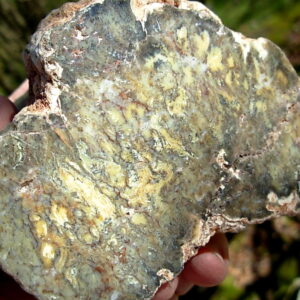
Dendritic Moss Opal from Western Australia 29
$50.39 Add to cart -
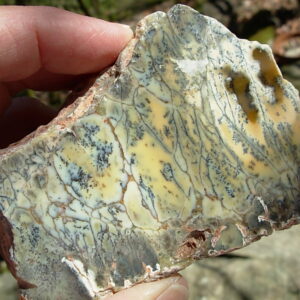
Dendritic Moss Opal from Western Australia 30
$48.63 Add to cart -
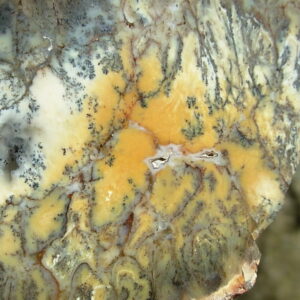
Dendritic Moss Opal from Western Australia 31
$46.78 Read more -
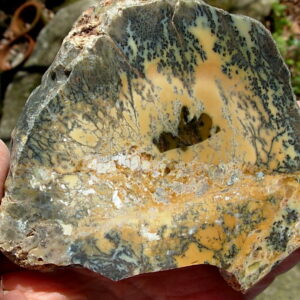
Dendritic Moss Opal from Western Australia 32
$46.36 Add to cart -
Dendritic Moss Opal from Western Australia 33
$36.51 Add to cart -
Dendritic Moss Opal from Western Australia 34
$67.49 Add to cart -
Dendritic Moss Opal from Western Australia 35
$38.58 Add to cart -
Dendritic Moss Opal from Western Australia 36
$34.79 Add to cart -
Dendritic Moss Opal from Western Australia 37
$32.84 Add to cart -
Dendritic Moss Opal from Western Australia 38
$44.96 Add to cart

